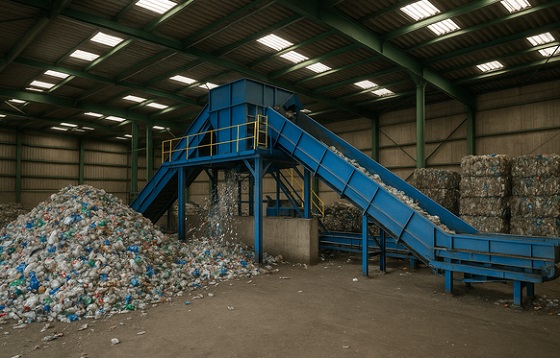Business
The Snack Attack: Are Major Food Brands Making Kids Addicted?
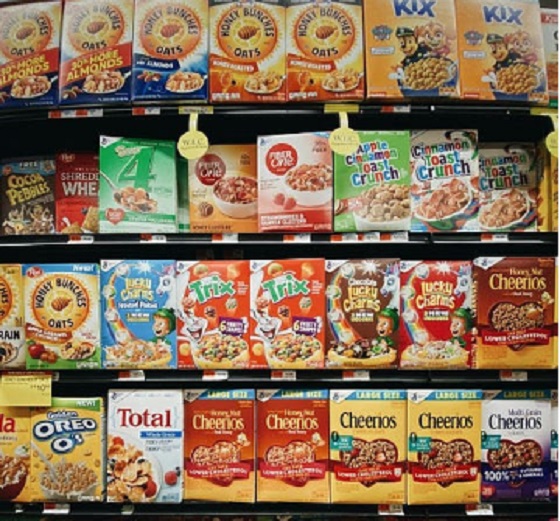
By Christof Plothe, DO
A lawsuit has just dropped that could send shockwaves through your pantry.
Eleven major food manufacturers including Kraft Heinz, Mondelēz, Coca-Cola, and Nestlé are accused of engineering their ultra-processed foods (UPFs) to be downright addictive, while marketing these tasty ‘treats’ directly to our kids. Sounds like a plot twist right out of a movie, doesn’t it?
The drama unfolds in the Court of Common Pleas of Philadelphia County, where a brave plaintiff, Bryce Martinez, claims that his exposure to these sugary, salty foods led him to develop type 2 diabetes and non-alcoholic fatty liver disease at the tender age of 16. As his complaint states, “Due to Defendants’ conduct, Plaintiff regularly, frequently, and chronically ingested their UPF, which caused him to contract Type 2 Diabetes and Non-Alcoholic Fatty Liver Disease.”
The lawsuit draws comparisons to the notorious marketing tactics of ‘big tobacco’. Public health expert Carlos Monteiro, who coined the term UPF, is sounding the alarm, saying that food companies are using the same underhanded strategies to hook kids on their products. With the food industry reportedly spending a staggering $2 billion each year to market these processed foods to children, it’s hard not to raise an eyebrow.
The lawsuit, which includes Conagra Brands among the accused, alleges that these companies are not just selling food, they are selling addiction. Kraft Heinz, Coca-Cola, and others were approached for comment but have remained tight-lipped about the allegations.
A plateful of addictive substances
We’re talking about a food landscape in the U.S. where 73% of what’s on the plate is ultra-processed. This isn’t just a health concern for adults; studies show that a whopping 67% of American children’s diets are made up of these foods, with many displaying signs of addiction.
 |
As this legal battle heats up, we might just witness a seismic shift in how these companies advertise their products. Could we see warning labels on our favorite snacks? Or maybe a complete overhaul of their marketing strategies? Only time will tell!
Stay tuned, because this is one story that’s just getting started and with the changes in the US health politics that seem to be in the pipeline, we see a “better way” for the health of our children.
Sources:
https://www.
https://www.axios.com/2024/12/
If you find value in our work and have the means, please consider making a contribution to support the World Council for Health. Thank you.
Business
Reality check—Canadians are not getting an income tax cut
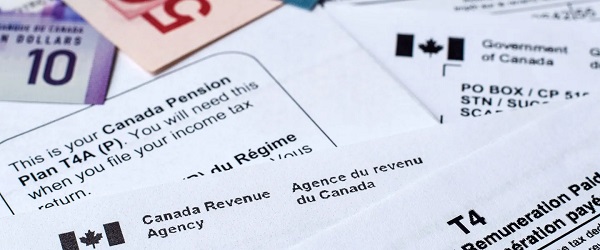
From the Fraser Institute
By Jason Clemens and Jake Fuss
On the campaign trail, both the Conservatives and the Liberals promised to cut personal income taxes, and with the Liberal Party winning a minority, one assumes the Carney government will fulfill the promise and reduce the bottom personal income tax rate from 15 to 14 per cent. However, in reality, due to the dismal state of federal finances, neither party actually offered a tax reduction but rather simply a deferral of taxes to the future.
The key variable in any government’s fiscal policy is spending. It represents the amount of resources the government plans to marshal for its various programs and transfers. At any given point in time, a country has only so many resources (i.e. raw materials, workers, equipment, etc.) and a government’s spending plan represents the share of those resources it intends to use for its purposes rather than leaving them in the hands of the people, families and businesses that actually created them.
Taxes are simply the way governments finance that spending. But it’s not the only way. Governments in many western countries, particularly Canada and the United States, have increasingly relied on borrowing to finance current spending. Instead of raising taxes today to pay for increased spending, governments defer those taxes into the future by borrowing and increasing government debt.
According to the Trudeau government’s last economic update, Ottawa expected to collect $516.2 billion this year (2025/26) but planned to spend $558.3 billion on programs and debt interest payments. The difference—$42.2 billion—represents how much the federal government plans to borrow.
According to the Liberal Party’s election platform, the promised tax cut to the lowest personal income tax rate will reduce revenues by a projected $4.2 billion this year. If the Liberal platform also reduced spending by at least the same amount, the tax cut would represent a real reduction in the amount of resources used by government and thus a genuine reduction in the tax bill for Canadians.
But the Liberal platform doesn’t reduce spending. In fact, it proposes marked increases ($29.4 billion this year) on already record levels of spending by the previous government. And the planned deficit this year is expected to increase from a projected $42.2 billion under Trudeau to $62.3 billion under Carney.
Put differently, Prime Minister Carney plans to use more resources in government for his new spending and investments compared to Trudeau. However, Carney plans to collect slightly less taxes now by shifting the burden to more borrowing, which simply means more debt and higher debt interest payments, and ultimately higher taxes in the future.
These decisions are not also without immediate costs. Under Trudeau, total federal debt increased from $1.1 trillion in 2014/15 (the year before he took office) to an expected $2.3 trillion this year. (Again, Carney plans to increase the amount of debt accumulated this year and at least the next three years.) Debt interest payments also increased from $24.2 billion the year before Trudeau took office to a projected $54.2 billion this year.
Carney’s plan, which includes higher debt levels, means those interest costs will increase. Interest payments represent resources extracted from Canadians that are not available for actual programs such as health care or genuine tax relief.
So while the new government may tell Canadians that its delivering tax relief, it’s not. It’s simply kicking the can down the road by financing higher spending through more borrowing. That means higher interest costs, higher debt and ultimately higher taxes in the future.
Business
Top business group warns Carney’s ‘net zero’ push spells disaster for Canada’s economy

From LifeSiteNews
‘The net zero climate agenda coupled with big government and regulatory overreach has proven itself to be disastrous,’ warned the Coalition of Concerned Manufacturers and Businesses Canada.
One of Canada’s largest business advocacy groups has warned that Prime Minister Mark Carney’s Liberal Party win in last week’s federal election will “further stagnate” the nation’s already weakened economy.
Coalition of Concerned Manufacturers and Businesses Canada (CCMBC) President Catherine Swift warned in a statement last week that commitments by the federal government for carbon “net-zero” emissions will create more regulatory burdens and will ultimately negatively impact the Canadian economy.
CCMBC Press Release April 29, 2025. @Swiftie01 @GasPriceWizard pic.twitter.com/H4krT6kPGr
— CCMBC 2021 (@2021Ccmbc) April 30, 2025
“The net zero climate agenda coupled with big government and regulatory overreach has proven itself to be disastrous for the economy generally, and is especially harmful to the small- and medium-sized business (SME) community,” noted Swift.
In her statement, Swift put out a warning that if Carney keeps in place former Prime Minister Justin Trudeau’s green policies, “the regulatory and policy outlook continue to be negative for (businesses), fewer will remain in Canada.”
She noted how Carney supports an industrial carbon tax as well as broader yet-to-be-named carbon tax measures.
“If businesses were permitted to retain more revenue, they might be able to fund more climate measures, but this double hit is simply not sustainable,” she said.
Swift warned that under Carney, “National unity will become more fractious,” as his policies will alienate western provinces, such as Alberta, which supplies the nation with most of its oil and gas.
“The only solution is for Carney to put some water in his net zero wine and devise policies that will both enable the economy to grow while implementing more tangible, measurable climate policies,” she argued. “Further damaging the (business) sector by even more government expansion and burdensome regulatory policies does not bode well for a successful future for Canada.”
Last week’s election saw Liberal leader Carney beat out Conservative rival Pierre Poilievre, who also lost his seat. The Conservatives managed to pick up over 20 new seats, and Poilievre has vowed to stay on as party leader, for now, and will soon run in a by-election to try and regain his seat.
Carney worked as the former governor of the Bank of Canada and Bank of England and spent many years promoting green financial agendas.
Since taking office in 2015, then under Trudeau, the Liberal government has continued to push a radical environmental agenda like those being pushed by the World Economic Forum’s “Great Reset” and the United Nations’ “Sustainable Development Goals.” Part of this push includes the promotion of so called “net zero” energy by as early as 2035 nationwide.
-

 COVID-191 day ago
COVID-191 day agoUS Government ADMITS It Approved Pfizer’s COVID “Vaccine” Despite Knowing About a Long List of Trial Violations
-

 Health2 days ago
Health2 days agoJay Bhattacharya Closes NIH’s Last Beagle Lab
-
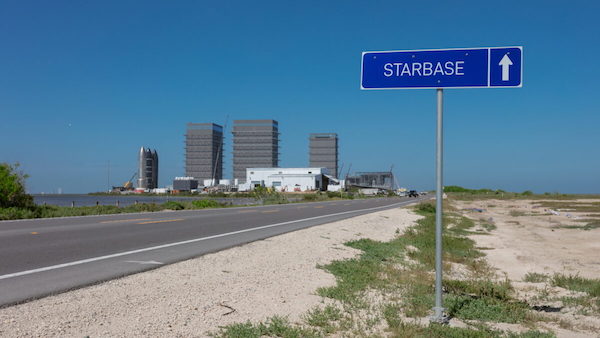
 Business2 days ago
Business2 days agoWelcome to Elon Musk’s New Company Town: ‘Starbase, TX’ Votes To Incorporate
-
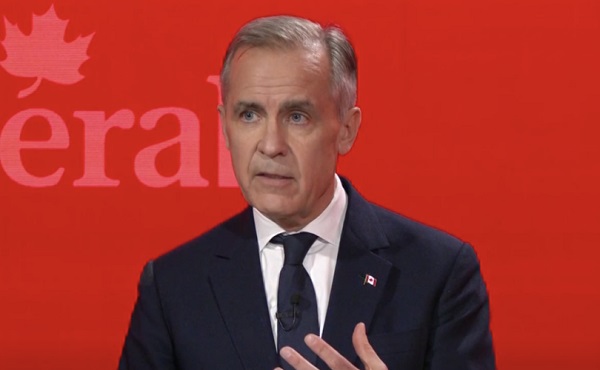
 Energy2 days ago
Energy2 days agoIs the Carney Government Prepared to Negotiate a Fair Deal for the Oil, Gas and Pipeline Sectors
-
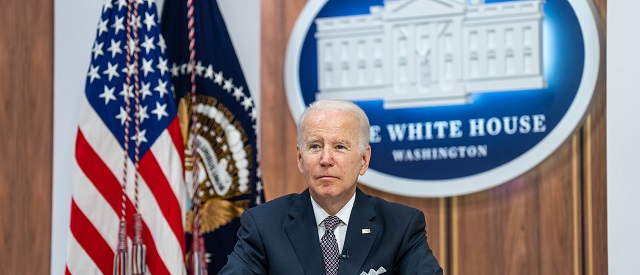
 Business2 days ago
Business2 days ago‘Got To Go’: Department Of Energy To Cut Off Billions Of Dollars’ Worth Of Biden-Era Green Energy Projects
-

 Artificial Intelligence1 day ago
Artificial Intelligence1 day agoThe Responsible Lie: How AI Sells Conviction Without Truth
-
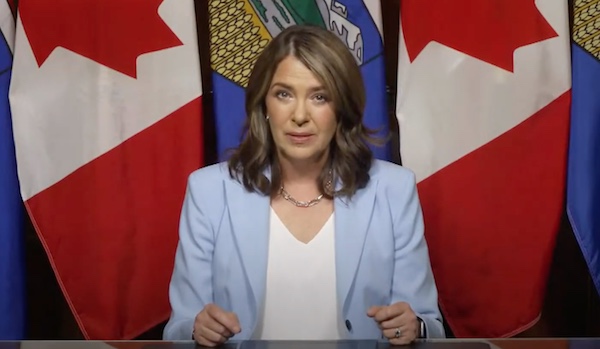
 Alberta1 day ago
Alberta1 day agoPremier Smith seeks Alberta Accord: Announces new relationship with Ottawa
-
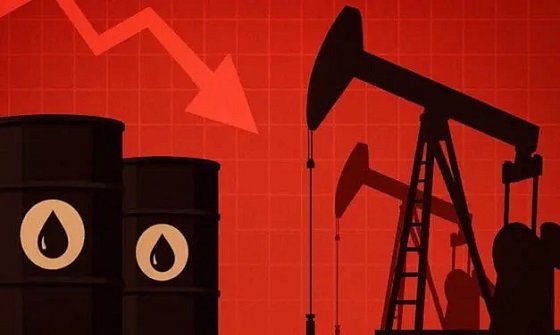
 Alberta22 hours ago
Alberta22 hours agoSaudi oil pivot could shake global markets and hit Alberta hard






